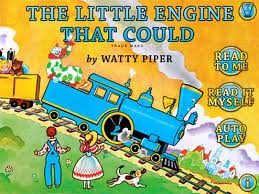
One of my daughter’s favorite books is ‘The Little Engine that Could’, the beloved tale by Watty Piper (1930). I used to view the book as a feel good story about persistence, but now that I’ve read it several (hundred) times, I see a lot more in it than before.
It bears striking similarity to the story of the Good Samaritan in the Bible. In that parable, Jesus tells about a man who was traveling alone and was attacked by robbers. The thieves took his clothes and whatever else he had and left him suffering on the side of the road. Soon, a priest came walking by, and though he saw the injured man on his path, he walked on by with no offer to help. A bit later, a wise leader passed the same way, and likewise, passed by the beaten man and continued on his way. Finally, a man from the antagonized area of Samaria came by on his donkey. Although the Jews and Samaritans did not associate with each other, the man bandaged the victim, loaded him onto the donkey and carried him to an inn for further care. The Samaritan left money for his continued care, with the promise to return to pay any further debt. Jesus told this story in response to the provocative question ‘Who is my neighbor?’
In the children’s classic, the cheerful little engine broke down on the tracks with no way to go on any farther. A new, shiny passenger train came by first, bragging about the exquisite accommodations he had available for his passengers, but he was too lofty to help ‘the likes of you’. Next, the strong, sturdy freight engine came along, certainly strong enough to pull the little engine over the mountain. But, sadly, he also thought he was too important to help, being designated for hauling big printing machines for ‘grown ups’. Finally, a worn, old steam engine, exhausted from his day’s work arrived, but he was so track-weary that he said, ‘I can not. I can not. I can not.’ when asked to help.
While this part of the story is merely a means to an end, I recently realized the importance of pointing out these characters to my kids, as they will encounter them in life…and in some situations, BE them in life. The haughty-too-gooder. The boastful braggart. The worn-out party-pooper. These engines had it in them to help the cheerful little train, but they chose not to. It was a choice. Like the Samaritan man who chose to stop and help. Good character is a choice.
When the Samaritan dismounted his donkey beside the injured man, he may have wondered about ethnic differences, strength of his donkey, his own finances, or his own journey ahead. But he saw something more important than all of those in front of him. And he chose to do the right thing.
The dolls and toys on the train were insistent that they make it over the mountain, not for their own good, but for the good of the children on the other side. Once helped, they were joyous at the completion of their task. They didn’t judge the littlest engine. They didn’t boast that they had chosen the best. They didn’t claim any responsibility. They let her reach her own conclusion of ‘I thought I could’. That little Samaritan engine, who wondered if she could be of any real help, arrived at the denouement. She did the right thing because she thought it was the right thing to do. And it was.
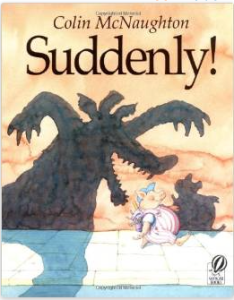 Spoiler alert: You’re gonna want this one.
Spoiler alert: You’re gonna want this one.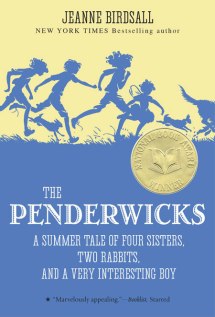 Oh my heart! This book. I was a dreamy-eyed teenager again when I read it. Such a sweet story of family, friendship, loss, and gain.
Oh my heart! This book. I was a dreamy-eyed teenager again when I read it. Such a sweet story of family, friendship, loss, and gain.

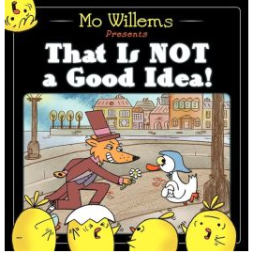

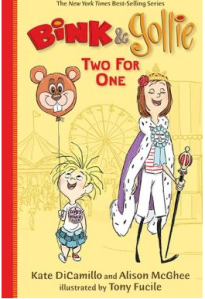 been reading for a long time. The pictures are hilarious and painful …the text is hopeful and endearing. Bink wants to play Whack-a-Duck at the town carnival, and she just can’t hit her mark…but she can hit the Whack-a-Duck barker. ..repeatedly. His pain, her enthusiasm, Gollie’s sensitivity to both…oh my goodness…it’s pure magic.
been reading for a long time. The pictures are hilarious and painful …the text is hopeful and endearing. Bink wants to play Whack-a-Duck at the town carnival, and she just can’t hit her mark…but she can hit the Whack-a-Duck barker. ..repeatedly. His pain, her enthusiasm, Gollie’s sensitivity to both…oh my goodness…it’s pure magic.